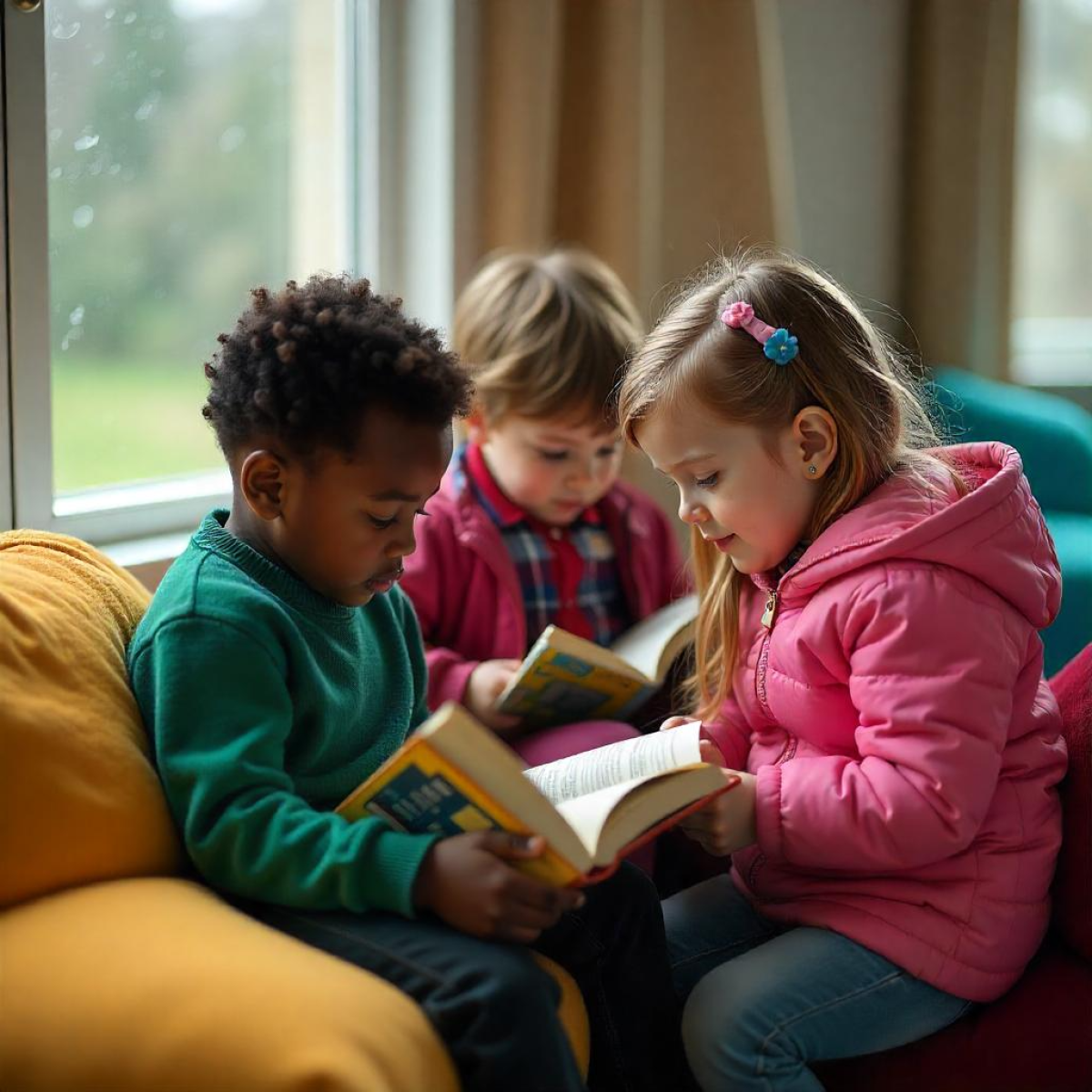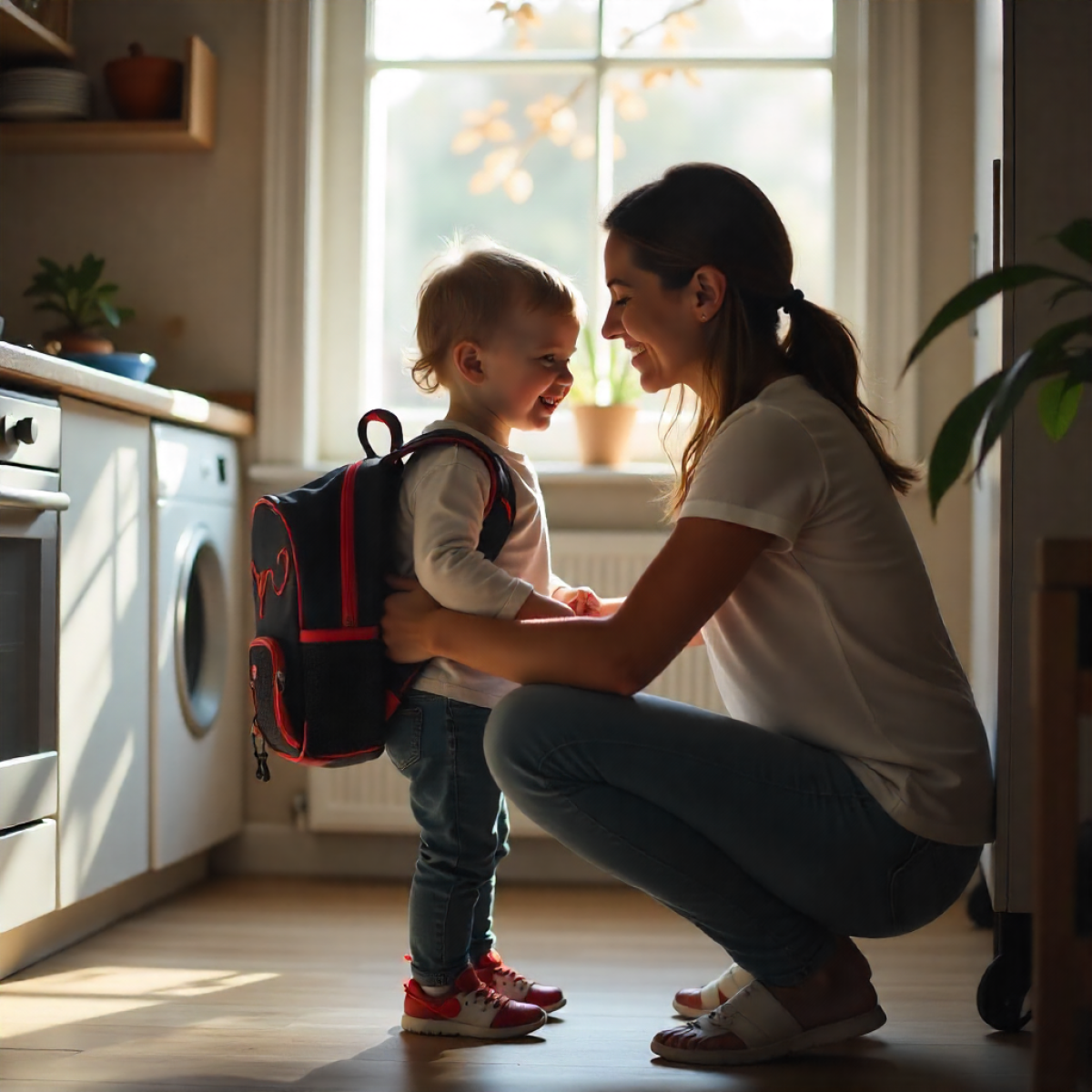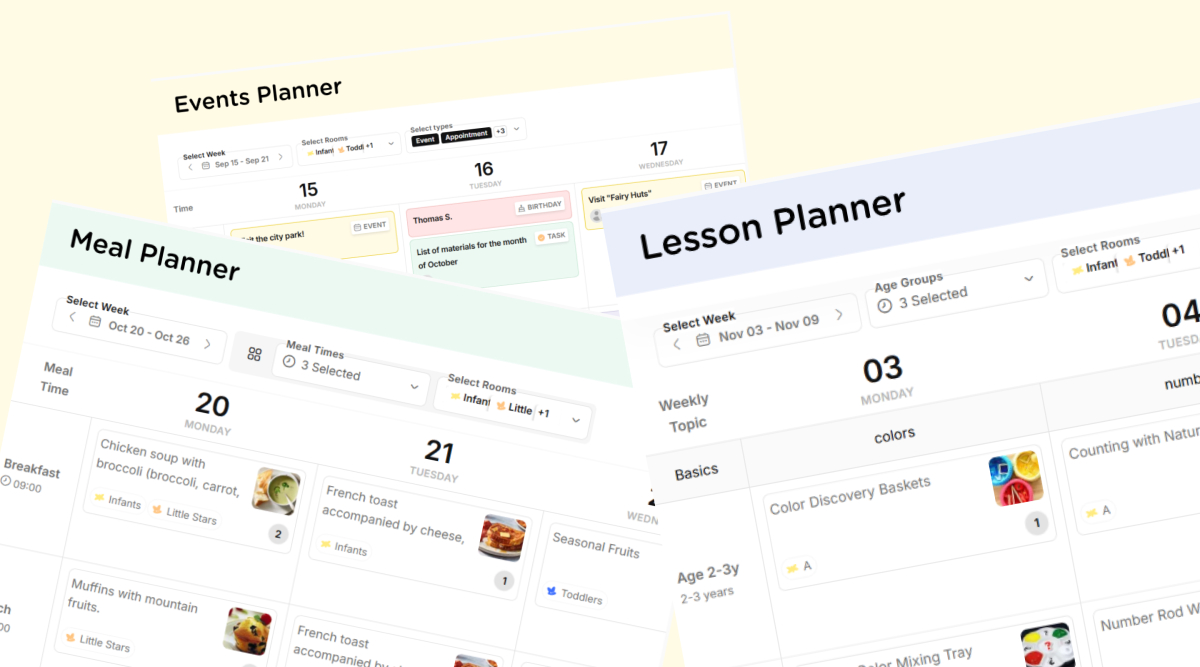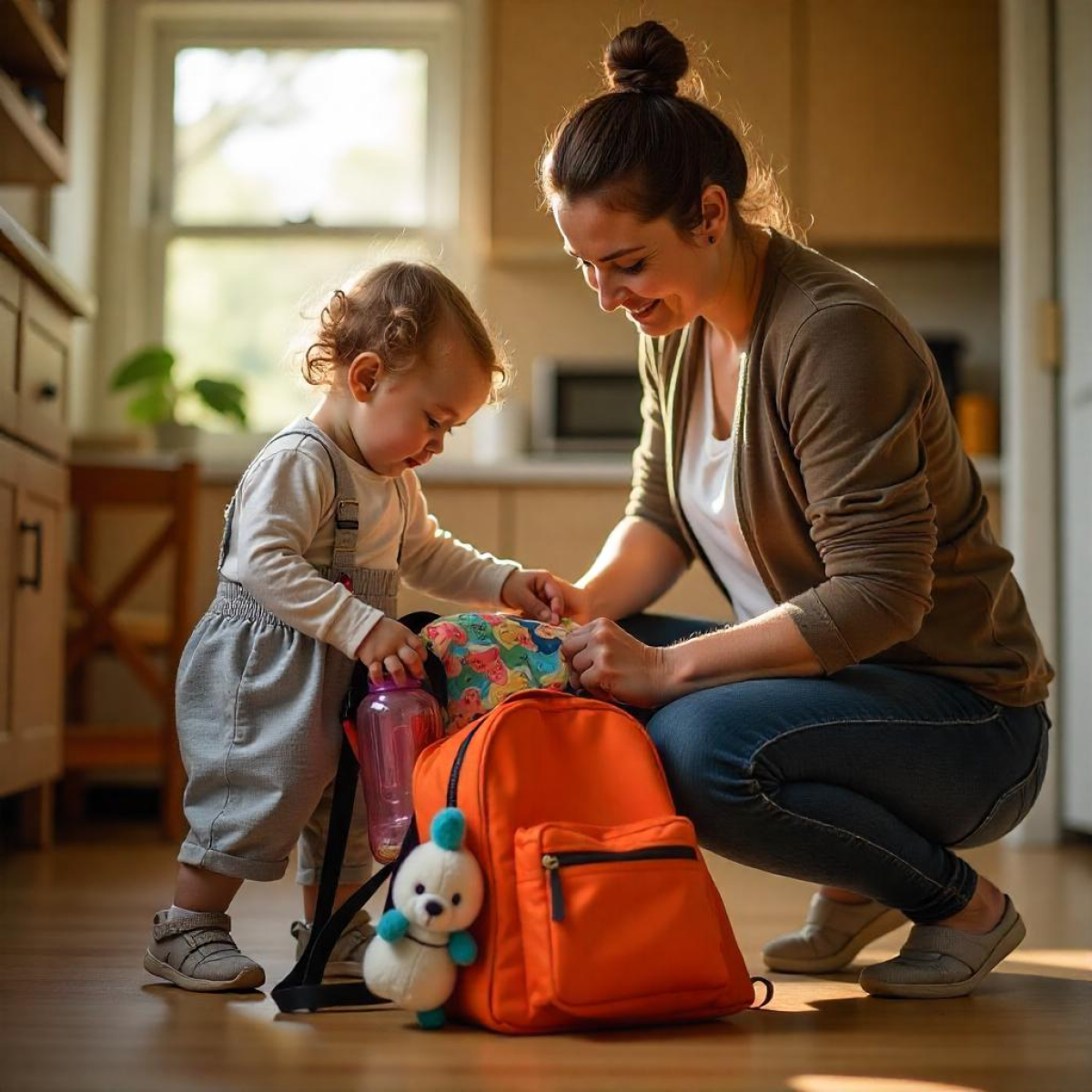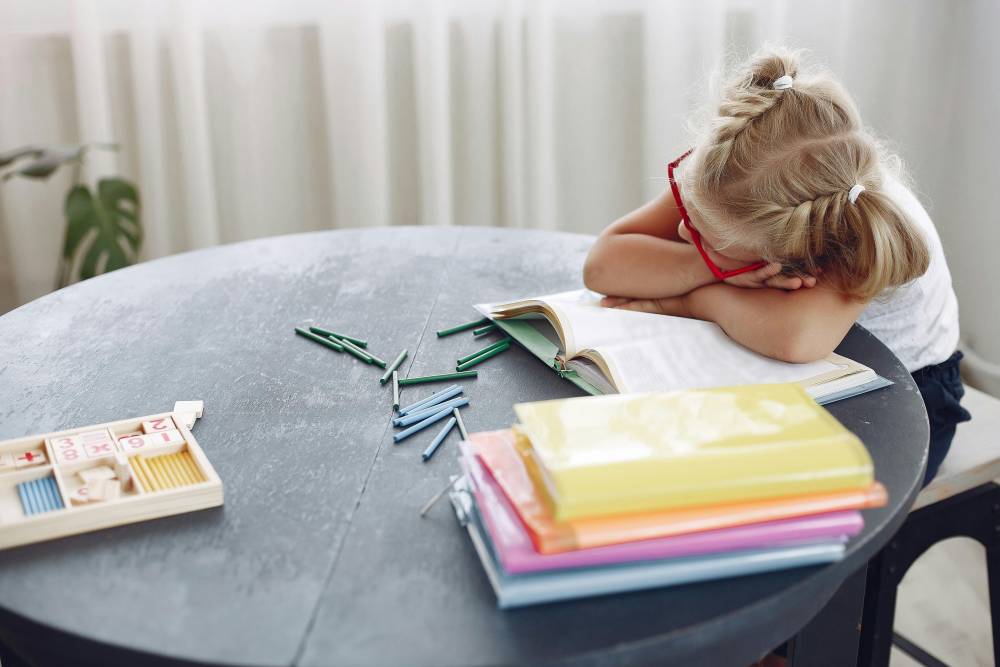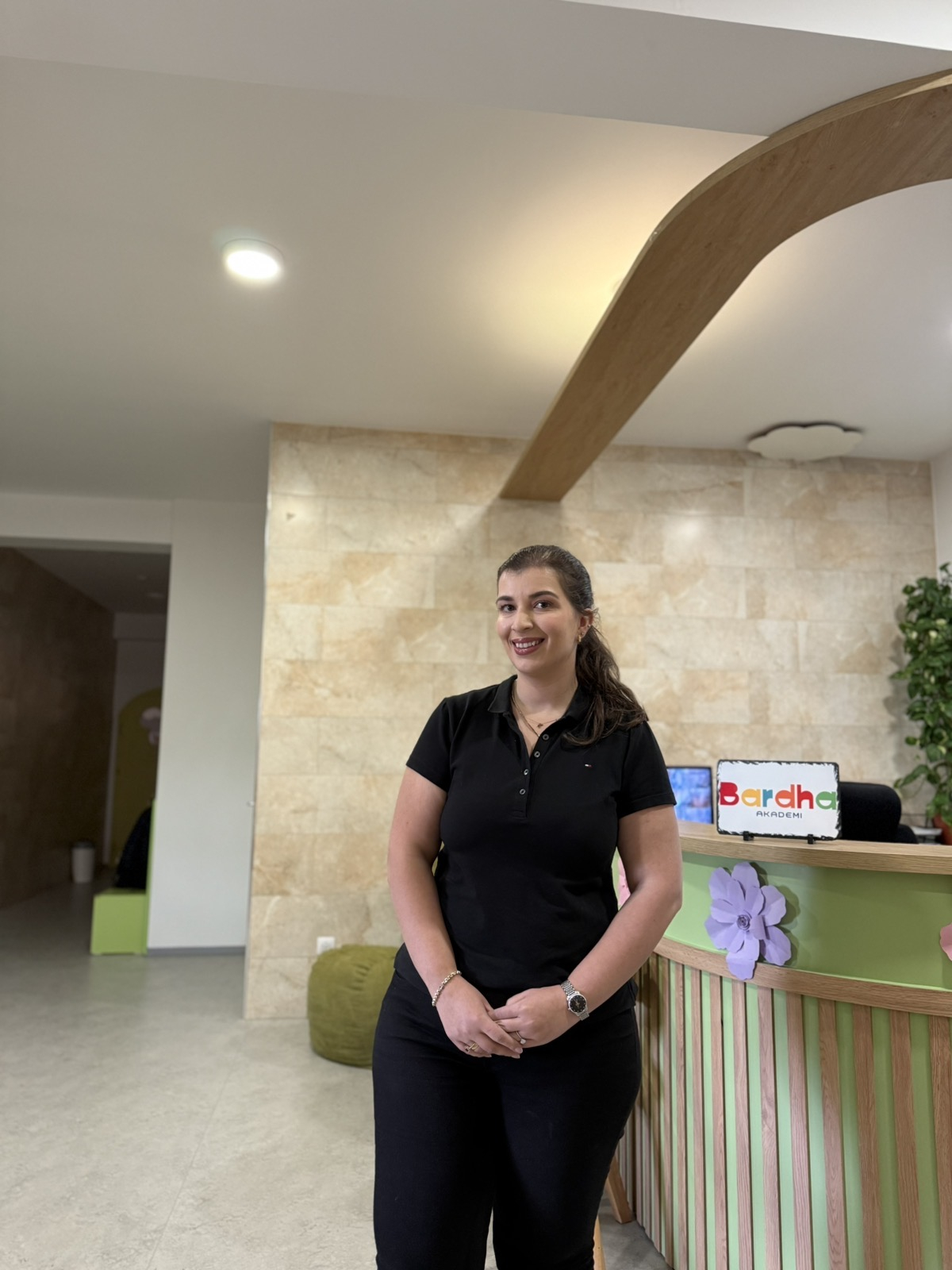A preschool classroom is more than just a place where children spend their day – it’s a space where they explore, learn, and develop life skills. To make this experience rich and engaging, every classroom should include organized learning corners (zones) that support children’s emotional, social, physical, and cognitive development.
These corners can be created with simple, low-cost, or even recycled materials, making the environment inviting and functional without high expenses. Here are the must-have learning corners every preschool classroom needs:
1. Art and Creativity Corner
A space for children to express their imagination and emotions through art.
Why is it important?
Encourages creativity, fine motor skills (cutting, drawing), and boosts confidence when children see their work displayed.
Activity ideas:
-
Finger painting or brush painting on recycled paper.
-
Nature collages using leaves, flowers, and pebbles collected during outdoor walks.
-
Collage-making with old magazines or colored paper.
2. Reading and Quiet Corner
A cozy spot where children can browse through age-appropriate books or listen to stories read by the teacher.
Why is it important?
Fosters a love for books, improves vocabulary, and helps children develop focus.
Activity ideas:
-
Daily storytime sessions, especially before nap time.
-
“Story circle,” where children retell simple stories using picture cards.
-
Outdoor storytime to make reading more engaging.
All you need is a small rug, some pillows, and a few large-illustration books.
3. Dramatic Play Corner (Role Play)
A space where children can act out real-life scenarios like home, a store, or a doctor’s office.
Why is it important?
Develops social skills, communication, creativity, and empathy.
Activity ideas:
-
“Grocery store” play using empty boxes as pretend products.
-
“Restaurant” where children pretend to serve and cook food.
-
“Family” play where children care for dolls as if they were babies.
Materials can include old clothes, plastic utensils, and cardboard boxes for pretend furniture.
4. Building and Construction Corner
A space for building structures using blocks, Legos, or natural materials.
Why is it important?
Encourages logical thinking, teamwork, creativity, and motor skills.
Activity ideas:
-
Building a “city” using wooden blocks or recycled boxes.
-
Creating bridges and houses using stones and sticks.
-
Team building challenges where children collaborate on large structures.
5. Science and Discovery Corner
A place for exploring nature and simple science concepts.
Why is it important?
Sparks curiosity, observation, and problem-solving skills.
Activity ideas:
-
Color mixing with water and food coloring.
-
Nature walks to collect rocks and leaves, then sort them by size or color.
-
Simple experiments like “What floats and what sinks” in a water tub.
6. Music and Movement Corner
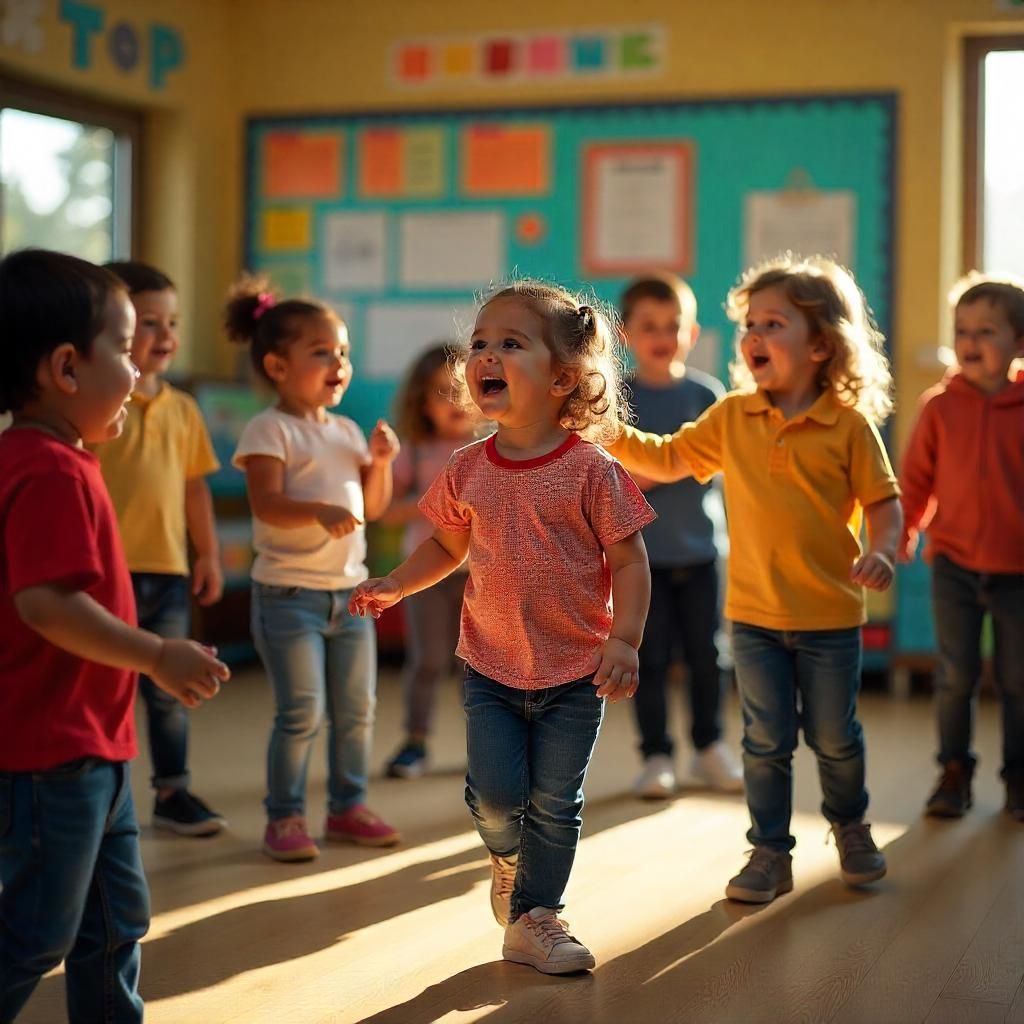
A space for singing, dancing, and exploring rhythm.
Why is it important?
Supports emotional expression, coordination, and group collaboration.
Activity ideas:
-
Group singing with simple dance movements.
-
Using homemade instruments (plastic bottles filled with rice as shakers).
-
“Freeze dance” games to teach rhythm and self-control.
7. Calm and Self-Regulation Corner
A small, cozy area where children can relax when they feel tired, sad, or overwhelmed.
Why is it important?
Helps children recognize their emotions and learn self-regulation skills.
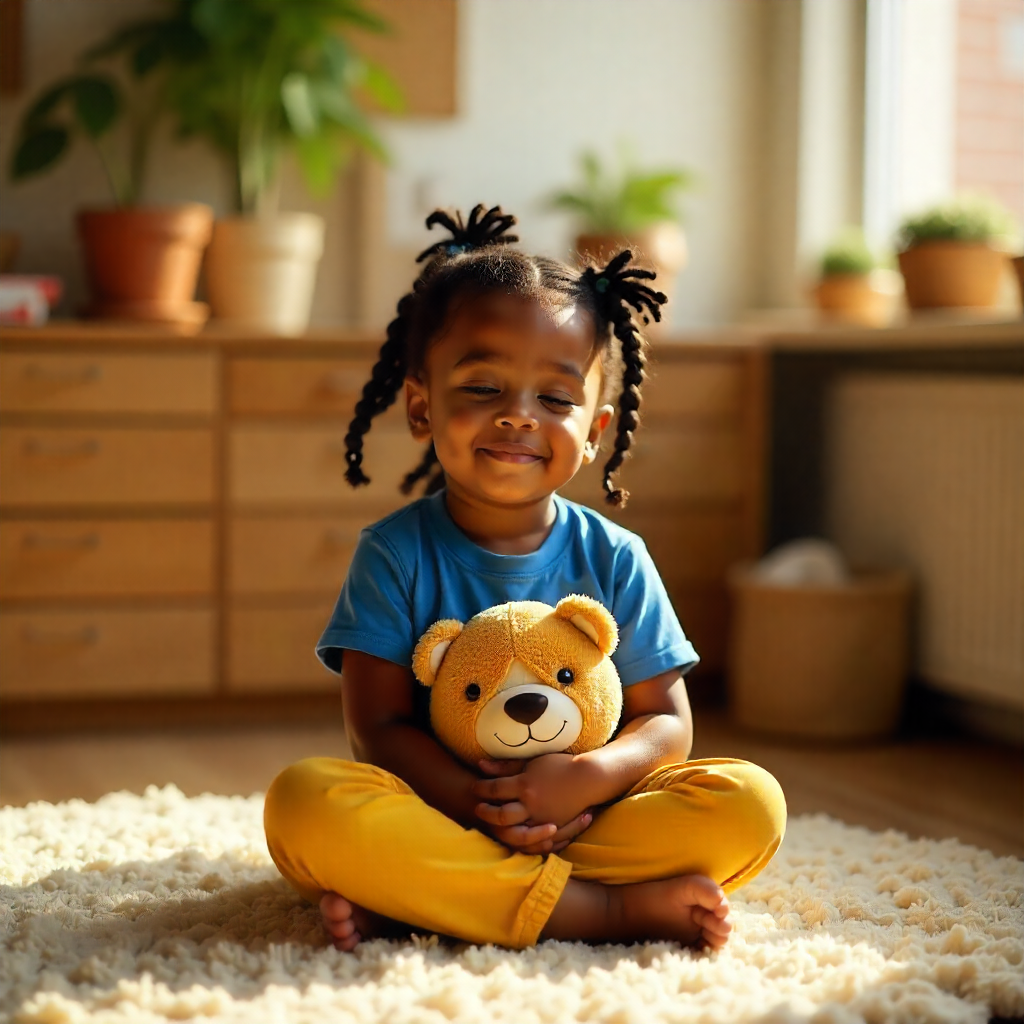
Activity ideas:
-
A “Calm box” with soft toys, stress balls, or small books.
-
Deep breathing exercises guided by the teacher.
-
Listening to nature sounds or soft music to calm down.
How to Manage These Corners?
-
Rotate materials and themes every month to keep children engaged.
-
Use natural and recycled materials to encourage creativity and reduce costs.
-
Involve children in setting up the corners – it gives them a sense of ownership and excitement.
These corners are more than play areas – they are learning environments that help children grow, explore, and build essential skills, from creativity to emotional self-regulation. With simple ideas and a focus on meaningful experiences, every preschool classroom can become a space where every day feels like a new adventure.



